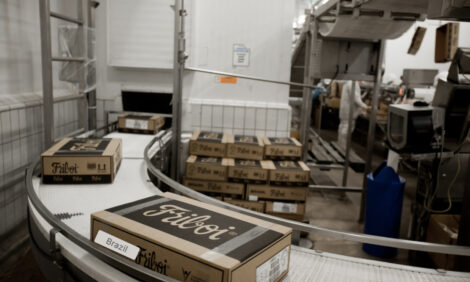



CME: US Poultry Exports Continue to Struggle in 2017
US - USDA’s Economic Research Service posted their monthly international trade data (they calculate carcass weight equivalents for meats and ready to cook weights for poultry from data compiled by the Foreign Agriculture Service), reports Steiner Consulting Group, DLR Division, Inc.The new data are for October; it was a very good month for US beef and pork sales.
Beef Exports and Imports: October extended the trend of year-over-year increases in US beef export volume to 16 consecutive months. October’s tonnage was 9.3 per cent above a year ago. For seven months in a row, the US also has imported more pounds of beef than a year earlier. Still, in October, the tonnage of beef exported exceeded imports. The data showed that the US remained on-track to sell a record volume to foreign countries in 2017.

Pork Trade: Pork exports rebounded in October from the disappointing levels of the prior three months. For the month, tonnage was up 9.5 per cent compared to 2016’s. US pork imports were higher than a year ago for the eighth consecutive month. Volume sold was the largest ever for the month of October. Even with the June-September sales swoon, 2017 could easily set a new record high for US tonnage exported.

Poultry Exports: US poultry exports struggled in 2016 and 2017 due in large part to lingering bans and subsequent struggles to regain markets caused by the Highly Pathogenic Avian Influenza (H7N7) in US flocks that began in late 2014 and became very serious in the first several months of 2015. Those particular US outbreaks were resolved in 2016.
In October, US broiler export tonnage rebounded reaching the largest volume for any month since October 2014. For the year, if current trends continue, 2017 will be the best year for US chicken exports since 2014, but down 7 per cent to 9 per cent from 2013’s record high.

Lower US wholesale turkey prices have supported exports. In October, tonnage was 22.6 per cent above 2016’s. However, exports remained dramatically below 2014’s (down 21.4 per cent).









